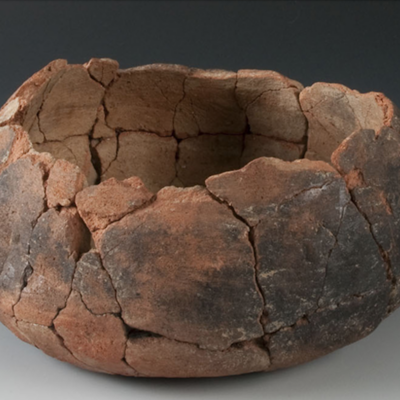It may look like the budget office’s $40 million projection for capital improvements in 2011—about twice as much as most other years—means the City of Charlottesville’s got cash to burn. But don’t loosen those belts just yet. Take away the roughly $18.5 million of state and federal funds from the proposed $20 million bypass for 250 Interchange, and what’s left? About $20 million worth of suggestions for capital improvements—and, as the City Manager’s office cautioned the Planning Commission, a projected $2.8 million budget shortfall.
Until a “complete picture” of the budget—one that accounts for city revenues, as well as unfunded mandates and cuts from the State—becomes available, the Capital Improvement Program, essentially a five-year to-do list of infrastructure projects remains a work in progress.
One variable is the 1,200 acre Albemarle development, Biscuit Run, which would have generated some of the funds to pay for traffic improvement, pedestrian amenities, as well as upgrades to a storm water management system on Old Lynchburg Road in the city. But with the would-be development’s owners in talks to donate the parcel as parkland, tax dollar revenue for capital improvements would be lost—along with the increase in traffic that would make upgrades urgent on Old Lynchburg Road, city spokesman Ric Barrick said. “We recently had a meeting with the neighborhood to discuss plans but there still isn’t funding to do all that we propose to do,” he said.
The proposed program for fiscal year 2011 includes $300,000 for new sidewalks—which will “remedy gaps that remain throughout the sidewalk infrastructure of the city”—and $208,000 for their repair and improvement. Jim Tolbert, director of neighborhood development services, said, “We have not yet identified what we will be doing with the money that comes to fiscal year 2011.”
But with a budget shortfall, of course, comes cuts in services. City Council ranks projects according to a set of criteria that weighs considerations like whether a project fits into the comprehensive plan, and the likelihood that a project will generate revenue. Tolbert said that planners are looking to update these criteria used to rank projects before City Council decides in March which projects they’ll fund. As for sidewalks, Barrick said, “We have a limited budget on sidewalk repair and replacement but have a priority system which designates which areas get treated first depending on their age and condition.”
“There is some money in the CIP for new sidewalks and some as well in a few Safe Routes to Schools grants we have received but the first attention is to repair existing sidewalks,” he said. Projects in local schools will be similarly prioritized “to best use the limited funds.”
The five-year plan leaves the Belmont Bridge in funding limbo. Tolbert said that while engineering for the Bridge replacement has been funded, funds to build the bridge are not included in the budget’s program. Further, Barrick says it’s been suggested that state money be taken out of the Belmont Bridge replacement, which he says is “an obvious challenge we face.”
The $600,000 marked in 2011 for stormwater initiatives reflects the city’s efforts to upgrade the city’s storm water infrastructure. Barrick said that the city is looking to fund “more aggressive approach by creating rain gardens, more pervious surfaces so that the water goes into the soil and not the pipes, and other solutions to reduce run off and pollution.” City Council delayed a vote on the measures, but will likely face them again soon.
At its December 8 review of the Program, the Planning Commission was split on the issue of whether to strike 250 Interchange from the Capital Improvement Program; that vote stands as a recommendation to City Council, a day after Council voted 3-2 to approve a design of the controversial bypass.
C-VILLE welcomes news tips from readers. Send them to news@c-ville.com.





